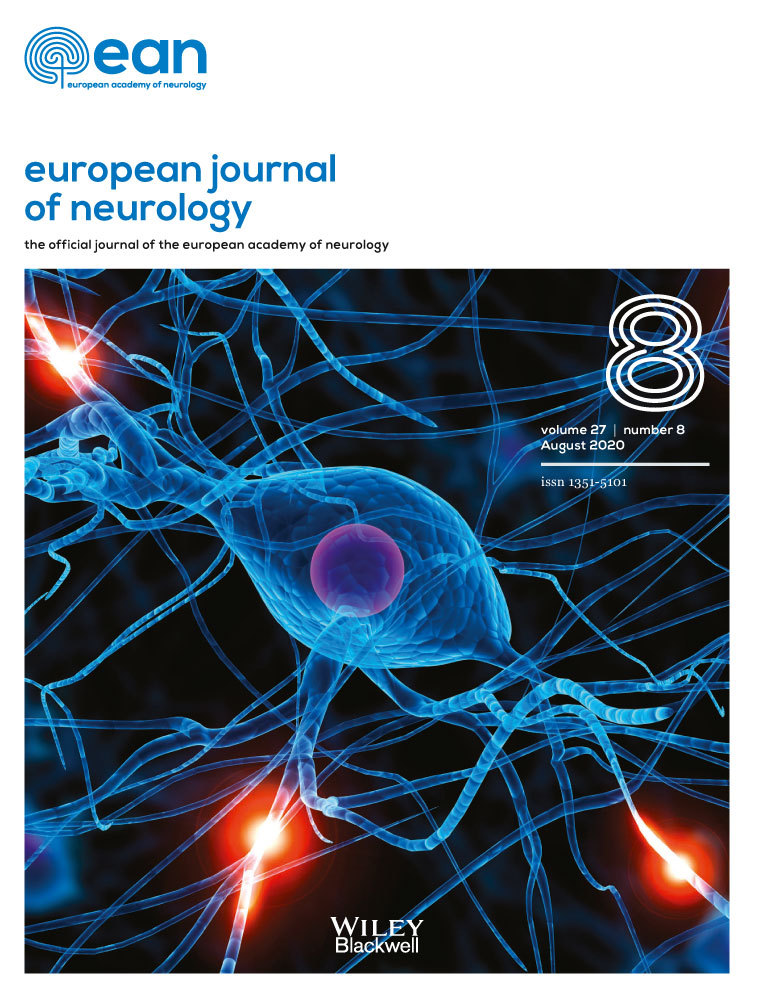Molecular genetic analysis in 21 Chinese families with congenital insensitivity to pain with or without anhidrosis
Abstract
Background and purpose
Hereditary sensory and autonomic neuropathies (HSANs) are a group of clinically and genetically heterogeneous neurological disorders characterized by sensory dysfunctions. Here, 21 affected Chinese families are reported, including 19 with congenital insensitivity to pain with anhidrosis (CIPA; namely HSAN IV) and two with congenital insensitivity to pain (CIP; namely HSAN IID) caused by biallelic variations in NTRK1 and SCN9A, respectively, aiming to identify causative variants in these families and compare how different variants in NTRK1 affect the function of tropomyosin receptor kinase A (TrkA).
Methods
Recombinant plasmids harboring the wild-type and six mutant alleles (p.Gln216*, p.Glu584Lys, p.Leu595Arg, p.Pro684Leu, p.Val709Leu and p.Arg765Cys) of NTRK1 cDNA were constructed and transfected into HEK293 cells.
Results
The results suggested that the five missense variants only presented a subtle influence on the expression level and glycosylation of TrkA but compromised the receptor phosphorylation. Our findings also suggested that a synonymous variant c.219C>T in NTRK1 may cause aberrant splicing, indicating a potential novel pathogenic mechanism of CIPA. Furthermore, gross deletion of SCN9A was first associated with CIP.
Conclusions
This study identified multiple forms of variants responsible for CIPA/CIP in the Chinese population and might provide new insights into the pathogenesis of CIPA.
Disclosures
The authors declare no financial or other conflicts of interest.




